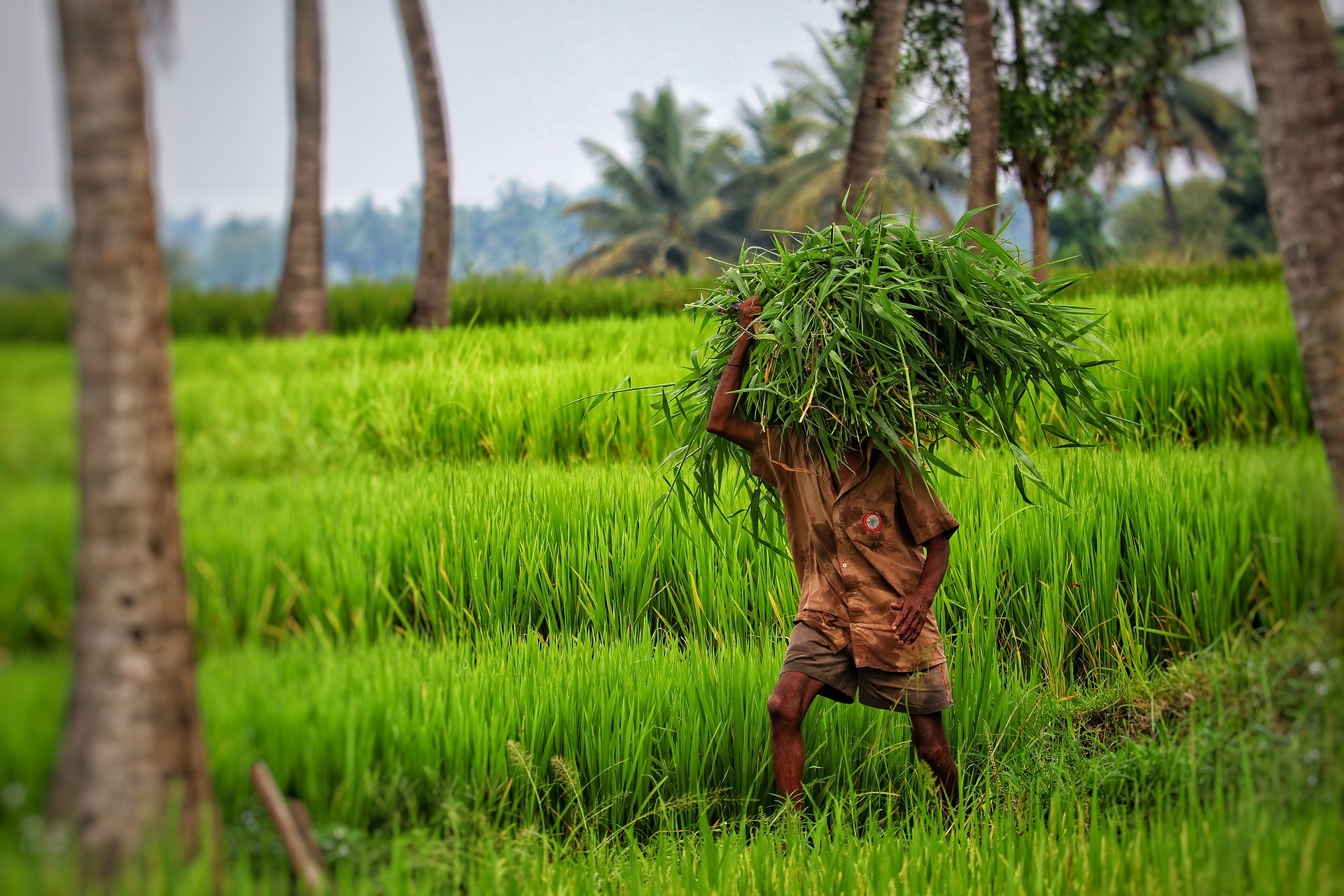During a brainstorming session to find scalable tech-based solutions to real world problems at the Center for Innovation, a student lab at India’s engineering college IIT-Madras, Siddharth Dialani and Sai Gole decided to develop new ways to increase farmers’ yield.
To drive the point home, Gole, whose family works in agriculture, mentioned that almost all the farmers in her village haven’t earned profit in more than a decade due to low yield.
The pair spent around seven months in villages near Pune, a tier-1 city in the western state of Maharashtra. They interacted with around 400 farmers to determine what was holding back these fields. They realized the farmers lacked scientific knowledge related to crop calendars and planting crops based on soil types.
In 2017, Dialani and Gole co-founded LeanAgri, which was eventually renamed BharatAgri, to provide personalized advice and instructions to farmers.
Dialani, co-founder and CEO of BharatAgri, said to KrASIA that the company first gathers information from farmers about the size of their land, the crops they grow, soil type, the fertilizers they use, and other relevant information. Then, these farmers use BharatAgri’s app to geofence their farmland.
Read this:Hydroponics startups are growing on Indian consumers
BharatAgri sends these GPS coordinates to third-party satellite imaging companies to procure satellite images of these farms. These images, Dialani said, give the company means to identify the soil type. The startup uses this information to provide a calendar for crop rotations and fertilization. BharatAgri also provides advice on when to sow seeds, how much fertilizer to use, and planning irrigation schedules. The startup works with experts—a soil scientist, a plant pathologist, a plant entomologist, and a plant physiologist—who provide these actionable insights to farmers.
“Monitoring farms using satellite images and getting personalized consultancy is only done by big companies like Pepsi, Mahindra, and others who do contract farming. This service was not available to individual farmers until now,” Dialani said.
Farmers who have adopted BharatAgri’s regimens have been able to increase their yield by 30–40%, reduce production cost by 10%, and avoid crop loss, the CEO said.
Most of the interactions between the company and farmers take place over BharatAgri’s app. The company has meticulously chosen which farmers it works with, as they must be comfortable with handling smartphones and navigating apps.
“India has three types of farmers: the top 3% constitutes rich farmers who mainly grow crops to export. They aren’t our clients, as they already have exposure to consultants who visit their farms and do what we do,” Dialani said.
The second type of farmers, according to the CEO, are the traditional farmers that grow paddy, wheat, pulses, and other grains. They form around 60% of the India’s total farmer population and are mostly poor. BharatAgri does not woo this set of farmers as clients.
“We have found our sweet spot in the remaining 37% of India’s farmer population, who grow cash crops and are typically aspirational. The added advantage for us is that they are fairly comfortable with using smartphones and can’t afford consultants to visit their farms to get personalized advice.”
The company claimed it has 45,000 paying clients who hold monthly subscriptions to its consultancy services. “We aim to onboard 100,000 paid users on our platform by July 2021,” Dialani said. Six months ago, BharatAgri opened up its app to advertisers. Companies that sell fertilizers, farm machinery, and insurance services can market their products on the platform. So far, more than ten brands have signed on.
The company recently raised USD 2 million in its pre-Series A round from 021 Capital and India Quotient. It is also in discussions with several online grocery companies to connect farmers with more clients through online sales channel.
However, Dialani said, the primary revenue model and focus of BharatAgri remains in the consultancy and advisory space. “In the last three years, farmers have trusted us with the knowledge we provide them on how to increase their produce. We are going to continue working and improving on that” he said.
This article is part of KrASIA’s “Startup Stories” series, where the writers of KrASIA speak with founders of tech companies in South and Southeast Asia.
